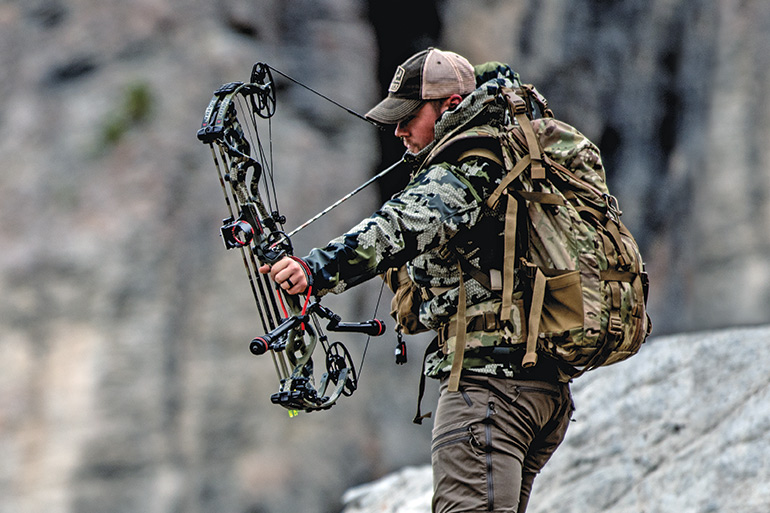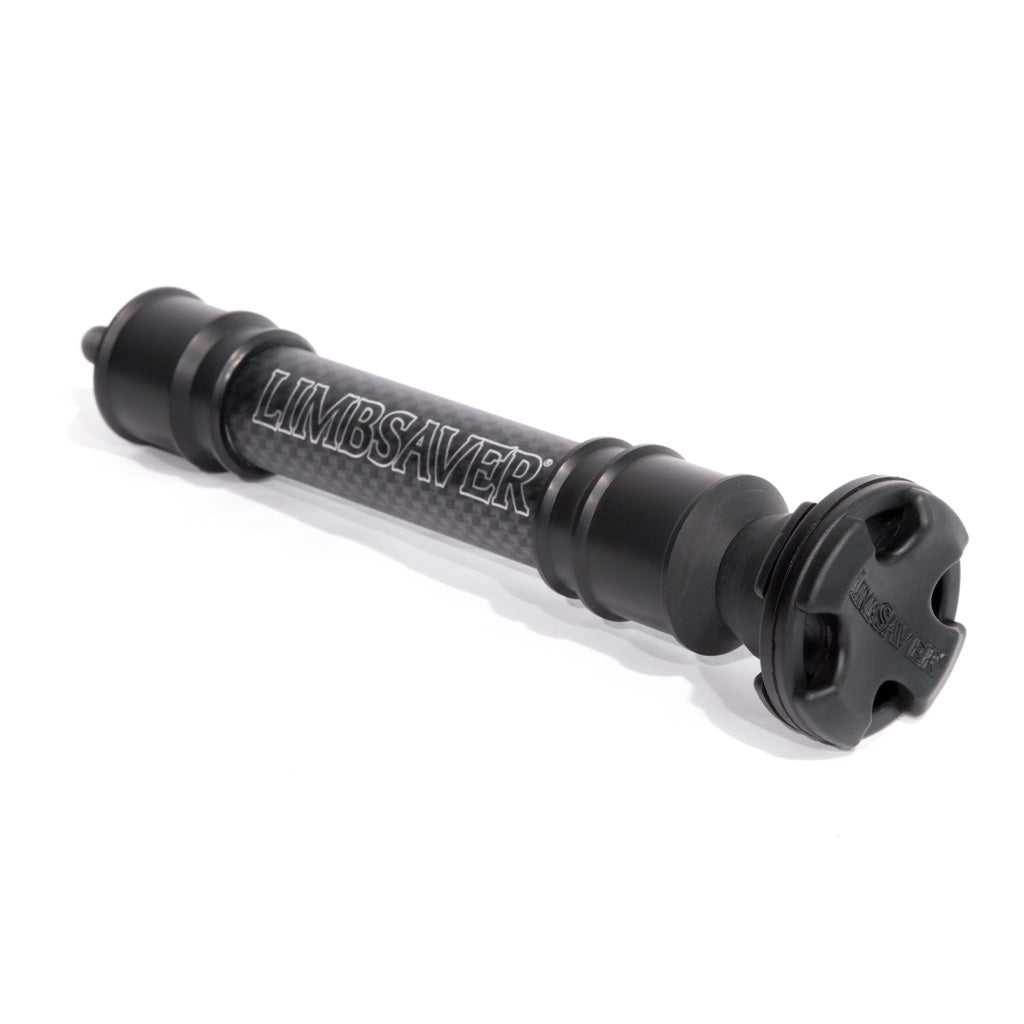Selecting the most effective Archery Stabilizer: Tips and Recommendations
Selecting the most effective Archery Stabilizer: Tips and Recommendations
Blog Article
The Ultimate Guide to Picking the Right Archery Stabilizer for Enhanced Precision
Archery is a sport that requires precision and precision, and selecting the right tools is important for attaining optimal outcomes. Among the numerous accessories available, an archery stabilizer plays a considerable role in improving precision. Nevertheless, with a lot of options on the marketplace, it can be frustrating to figure out which stabilizer is the best suitable for your needs. In this detailed overview, we will check out the key elements to take into consideration when picking an archery stabilizer for improved accuracy. From discovering the ideal size to recognizing the various designs and materials, we will look into everything you need to know to make a notified decision. Whether you are a skilled archer looking to update your devices or a novice seeking assistance, join us on this journey as we unravel the secrets to picking the perfect archery stabilizer.
Size: Finding the Optimal Stabilizer Size
Establishing the perfect stabilizer size is essential when picking an archery stabilizer for optimal efficiency. A stabilizer that is too long can make the bow feel top-heavy and hard to regulate, while a stabilizer that is too short might not supply enough stability and dampening of resonances.
A longer stabilizer, generally varying from 8 to 12 inches, can give greater stability and minimize bow torque. This is especially useful for archers that fire with a high draw weight or those who have a tendency to torque the bow throughout the shot. The included size helps to distribute the weight uniformly and counterbalance any kind of torque or movement.
On the other hand, a shorter stabilizer, normally in between 4 to 7 inches, offers much more ability to move and quicker action. It is preferred by archers that fire with a reduced draw weight or those that require more movement, such as hunters or 3D shooters. The shorter length enables much easier activity via limited spaces and faster adjustments.
Ultimately, the optimal stabilizer length is an issue of individual choice and shooting style. It is suggested to explore various sizes and observe the impacts on stability and precision. Consulting with knowledgeable archers or specialists can additionally give beneficial understandings and referrals.
Weight: Determining the Appropriate Stabilizer Weight
After thinking about the ideal stabilizer length, the next important factor to consider when choosing an archery stabilizer is determining the ideal stabilizer weight - archery stabilizer. The weight of the stabilizer plays a crucial role in boosting precision and security during the shot
The weight of the stabilizer impacts the balance and control of the bow. A heavier stabilizer can provide increased security and control, particularly for shooters with a tendency for inconsistent shots or unsteady hands. It assists to take in the vibrations and recoil created by the bow, lowering torque and decreasing the impact on the arrow's trip.
On the other hand, a lighter stabilizer enables a quicker and extra responsive bow. It can be advantageous for shooters that prioritize maneuverability and rate over stability. Lighter stabilizers additionally lower tiredness throughout long shooting sessions or competitions.
To establish the suitable stabilizer weight for your demands, it is essential to consider your shooting design, physical strength, and bow arrangement. Try out various weights and observing the effect on your capturing performance is vital to finding the excellent balance.
Inevitably, the optimal stabilizer weight will certainly vary for every individual archer. It is suggested to begin with a moderate weight and make changes based on personal choice and shooting results. Bear in mind, the goal is to accomplish a regulated and stable shot, while likewise keeping comfort and simplicity of usage.
Materials: Selecting the Right Products for Toughness and Efficiency
When selecting an archery stabilizer, it is vital to carefully think about the products used in its building to make certain resilience and enhance efficiency. The selection of products can significantly affect the total top quality and effectiveness of the stabilizer.
One of the most typically utilized products for stabilizers is carbon fiber. In addition, carbon fiber stabilizers are immune to temperature level changes and more info here are much less likely to warp or bend over time.
One more popular material for stabilizers is light weight aluminum. Aluminum stabilizers are known for their resilience and rigidity. They provide excellent dampening capabilities, lowering the quantity of shock and resonance transferred to the shooter's hand. Aluminum stabilizers additionally supply a large range of modification choices, allowing archers to adjust the weight and size to fit their preferences.
Some stabilizers are built using a mix of materials. A stabilizer may have a carbon fiber core covered in a light weight aluminum shell. This crossbreed design incorporates the most effective qualities of both products, offering optimum stability, sturdiness, and performance.
Style: Understanding the Various Stabilizer Designs and Their Results
Thinking about the products used in archery stabilizers, it is very important to now dive into the various designs of stabilizers and their particular effects. The style of an archery stabilizer plays an important duty in improving precision and decreasing resonance during the shot. There are several different styles readily available on the market, each with its very own unique attributes.

An additional prominent design is the side bar stabilizer. This layout includes attaching a brief rod sideways of the bow, alongside the main lengthy rod. Side bar stabilizers help in counteracting the weight of accessories, such as quivers or views, and supply additional stability to the bow.
Some stabilizers include adjustable weights. These stabilizers enable archers to tweak the equilibrium and feel of their bows by including or eliminating weights. This feature is specifically helpful for archers who prefer a specific weight circulation or wish to try out various setups.
In addition, some stabilizers incorporate dampening modern technology to reduce resonance and noise. These stabilizers commonly have built-in dampeners or utilize products that absorb resonances, causing a smoother and quieter shot.

Accessories: Checking Out Added Devices for Boosted Security
These devices are created to work in conjunction with the archery stabilizer to provide an even better degree of stability and accuracy. One such device is the V-bar or the side stabilizer install.
One more accessory that can enhance security is a bow sling. A bow sling is a band that affixes to the bow and permits the archer to keep an unwinded grip on the bow take care of without the anxiety of dropping it (archery stabilizer). This loosened up hold helps to reduce muscular tissue stress and enables for a more stable and regular shot
In addition, a official source stabilizer weight system can be utilized to tweak the balance and security of the bow. These weight systems commonly contain small weights that can be included or eliminated from the stabilizer to adjust the equilibrium factor of the bow. By discovering the optimal equilibrium point, archers can achieve an extra steady and precise shot.
Final Thought
To conclude, selecting the appropriate archery stabilizer includes considering variables such as length, weight, products, style, and added devices. The optimal stabilizer size and weight will depend upon individual choices and shooting style. Picking resilient products is vital for long-lasting efficiency. Understanding the various stabilizer layouts will certainly aid enhance precision. Discovering additional accessories can better improve stability throughout archery capturing.
Determining the optimal stabilizer size is essential when choosing an archery stabilizer for see here optimum performance. A stabilizer that is too long can make the bow feel top-heavy and hard to manage, while a stabilizer that is as well brief might not provide enough stability and dampening of resonances - archery stabilizer.Taking into account the materials used in archery stabilizers, it is essential to currently dig right into the various designs of stabilizers and their particular impacts. Side bar stabilizers assist in reversing the weight of devices, such as quivers or views, and supply added security to the bow
These weight systems normally are composed of little weights that can be included or eliminated from the stabilizer to change the balance point of the bow.
Report this page